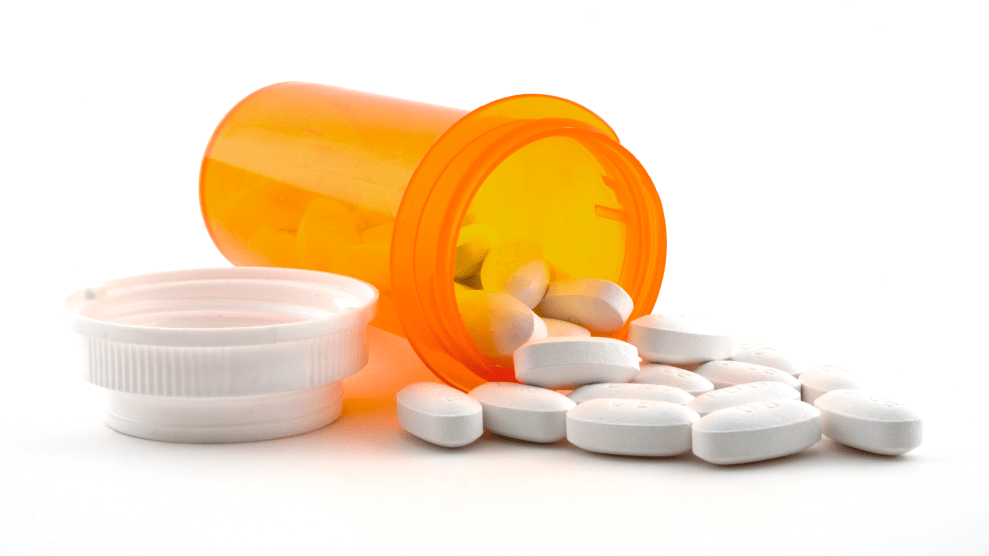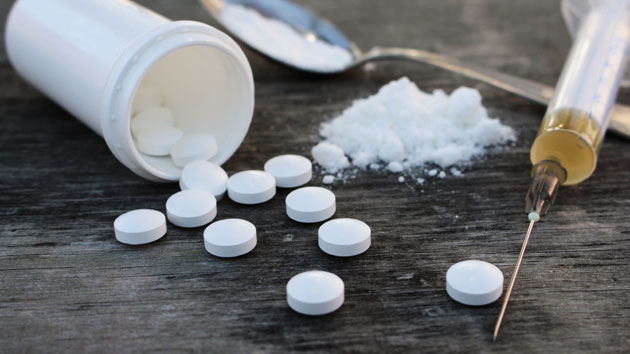
<a href="http://www.istockphoto.com/photo/pills-spilled-gm92189516-7770475">Andrew Soundarajan</a>/iStock
The opioid epidemic in America is taking its toll on a class of victims who have received relatively little attention in the crisis: babies. The rate of babies born in drug withdrawal has quadrupled over a 15-year stretch, according to data released Thursday by the Centers for Disease Control and Prevention.
The report looked at the prevalence of babies born between 1999 and 2013 with neonatal abstinence syndrome (NAS), an illness caused by exposure in the womb to addictive drugs, primarily opioids—including heroin, methadone, and prescription painkillers such as oxycodone and hydrocodone (known by brand names OxyContin and Vicodin, respectively).
NAS isn’t known to have long-lasting effects, but babies going through it can suffer from tremors, seizures, gastrointestinal problems, and fevers. The increasing rates mirror the skyrocketing use of opioids across the country. In 2014, more than 47,000 Americans died from drug overdoses—a similar number to the fatalities during the HIV epidemic at its peak in the late 1980s and early 1990s. (According to the CDC, NAS can also be caused by non-opioid drugs such as cocaine, amphetamines, and barbiturates, but opioids are detected in the vast majority of cases.)
Only 28 states currently collect data on NAS, and some of those states have kept figures on the condition only for the past few years. But as the chart below shows, the number of babies born dependent on drugs varies drastically by state, with West Virginia, Vermont, and Maine showing the highest rates. That’s due in part to different use rates of opioids. West Virginia and Maine have some of the highest prescription opioid rates in the country, while Vermont is struggling with a spiraling heroin problem.
In an attempt to curb the opioid crisis, the CDC released the first national standards for prescribing painkillers this spring. The recommendations, which are not binding, call for doctors to first try ibuprofen or aspirin to treat pain, limit short-term opioid treatment to three days, monitor patients’ drug use with regular urine tests and prescription tracking systems, and advise patients—particularly those who are pregnant—about the addictive effects.
















